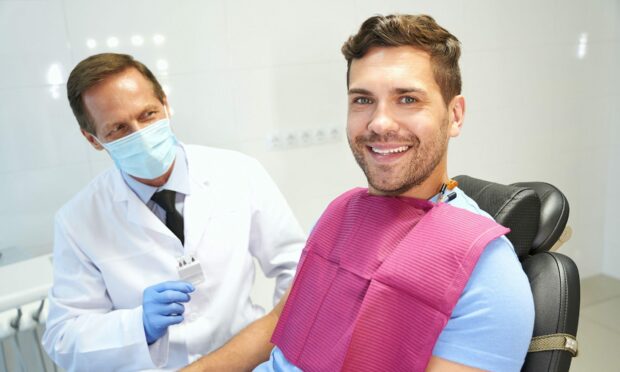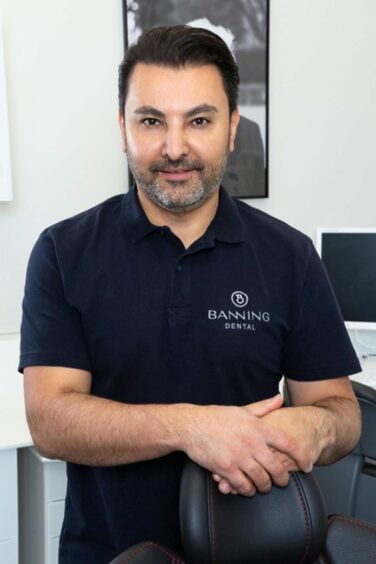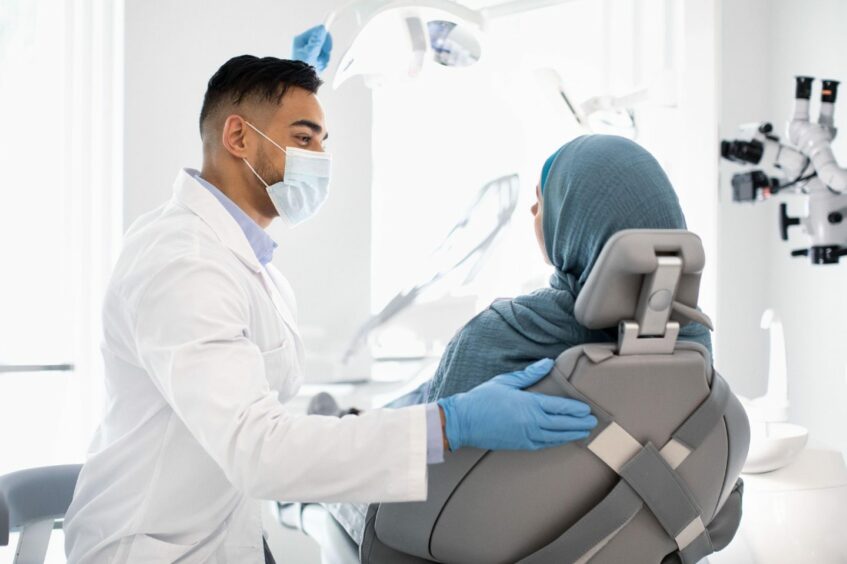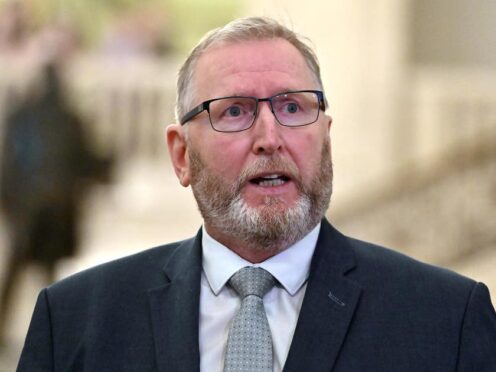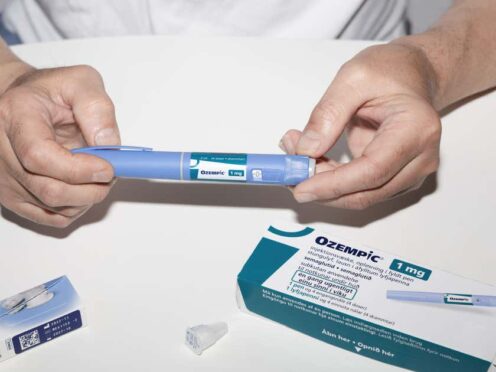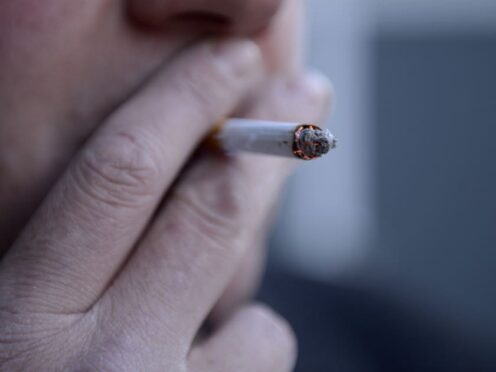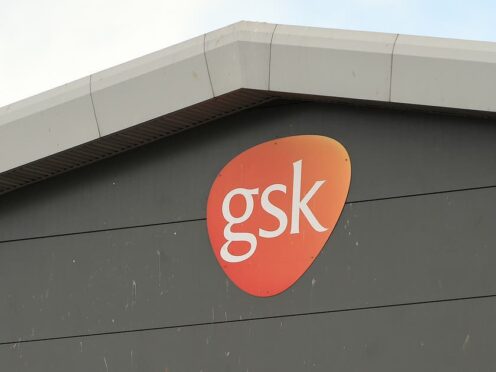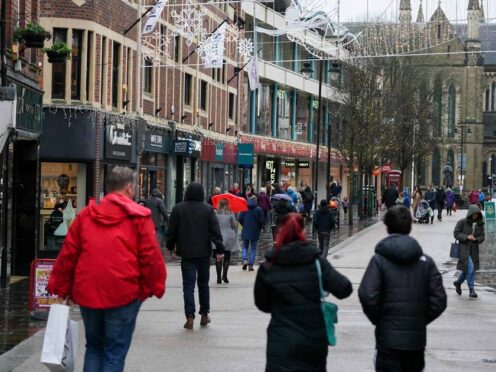Is your last dentist appointment a distant pre-pandemic memory?
Like many aspects of routine healthcare, millions of dental appointments were cancelled or delayed due to restrictions.
NHS dental services have now been awarded some extra funding to help get things back up to speed and tackle the backlog, with extended appointments being offered in evenings and at weekends in some regions.
Wondering whether you should see a dentist? Here are seven signs a check-up is probably a very good idea…
1. Your gums bleed when you brush
“Gum bleeding when you brush is most likely to be an indication of gum disease, often caused by food and plaque, which can accumulate in the gum over a prolonged period of time,” says Stephen Barter, from Bupa Dental Care.
“It’s important to brush well and use floss or interdental brushes every day to reduce the risk of gum disease and keep your gums healthy.
“Gum disease can affect both teeth and dental implants, and some people are much more susceptible than others and need a lot more close support from the dentist or hygienist.”
2. You’ve got a hole or a chip
Whether this happens quickly after an injury or you notice it gradually, it’s best to get holes or chips checked.
“If it’s not associated with a trauma then it could be because the structure of the tooth and enamel has been affected by bacteria. This causes the structure to become undermined, a lot weaker, and break. That’s why you get a cavity,” explains Dr Azad Eyrumlu, of Banning Dental Group.
“If you have a hole or chip then the nerve of the tooth is more exposed to decay and any other bacteria in the mouth. The risk of ignoring it is irreversible nerve damage that requires a root canal treatment.”
3. You notice lumps or swellings
“If you have any lumps or swelling in the mouth or tongue, it’s important to contact your dentist and get this checked urgently,” says Barter.
“Most are completely harmless, but some can be more sinister, and the early signs of oral cancer are usually not painful. Early treatment can make a tremendous difference to a successful outcome.”
And even if anything sinister is ruled out, it might still be something that needs treatment or that your dentist can help you with.
4. You’ve got toothache
Severe toothache is hard to ignore, but even niggling pain that comes and goes can benefit from being checked.
“Tooth pain is usually a sign the nerve inside the tooth is reacting to something, such as decay. If you ignore this pain, it could lead to nerve damage and eventually loss of that tooth,” says Eyrumlu.
5. You’ve got sore patches
“Sore patches around the gums, inside the lips or tongue could either be something that’s reversible, such as ulcers which we might get from time to time, or it could be associated with poor diet, smoking or other medical conditions,” says Eyrumlu.
“It could also be something more serious, such as oral cancer, which is why people need to get it checked out, the sooner the better.”
Barter notes that “any ulcers in your mouth that don’t heal after 10 days” should always be checked.
6. Your teeth have become more sensitive
Noticed your teeth are reacting more to hot and cold temperatures, or feeling painful after sugary foods and drinks? Teeth sensitivity often occurs when the protective enamel erodes.
Specialist toothpaste can help, but if it’s an increasing problem it’s wise to get it checked. Your dentist can check for any issues that need to be treated and give you advice for managing it.
7. You just haven’t been for a while
“It’s a common misconception that if you don’t have any tooth pain, you don’t need to see a dentist,” says Barter. “Unfortunately, many issues that need dental treatment don’t cause pain in the early stages – and by the time they do, the problem may be much worse to treat. Gum disease is a big example of this – causing bone loss around your teeth, without you feeling any pain until it is too late.”
General advice is to have a check-up every six months, although some people may need them more often than others. Your dentist can advise what’s best for you. At a stretch, don’t leave it longer than two years – and remember it’s not just your teeth that your dentist will be looking at.
“Your dentist can spot a whole lot during a regular check-up beyond the state of your teeth and gums, such as anaemia, Crohn’s disease, gastric reflux, leukaemia and more. That’s one of the reasons dentists recommend you have a regular check-up, even if you think your teeth are fine,” says Barter.
